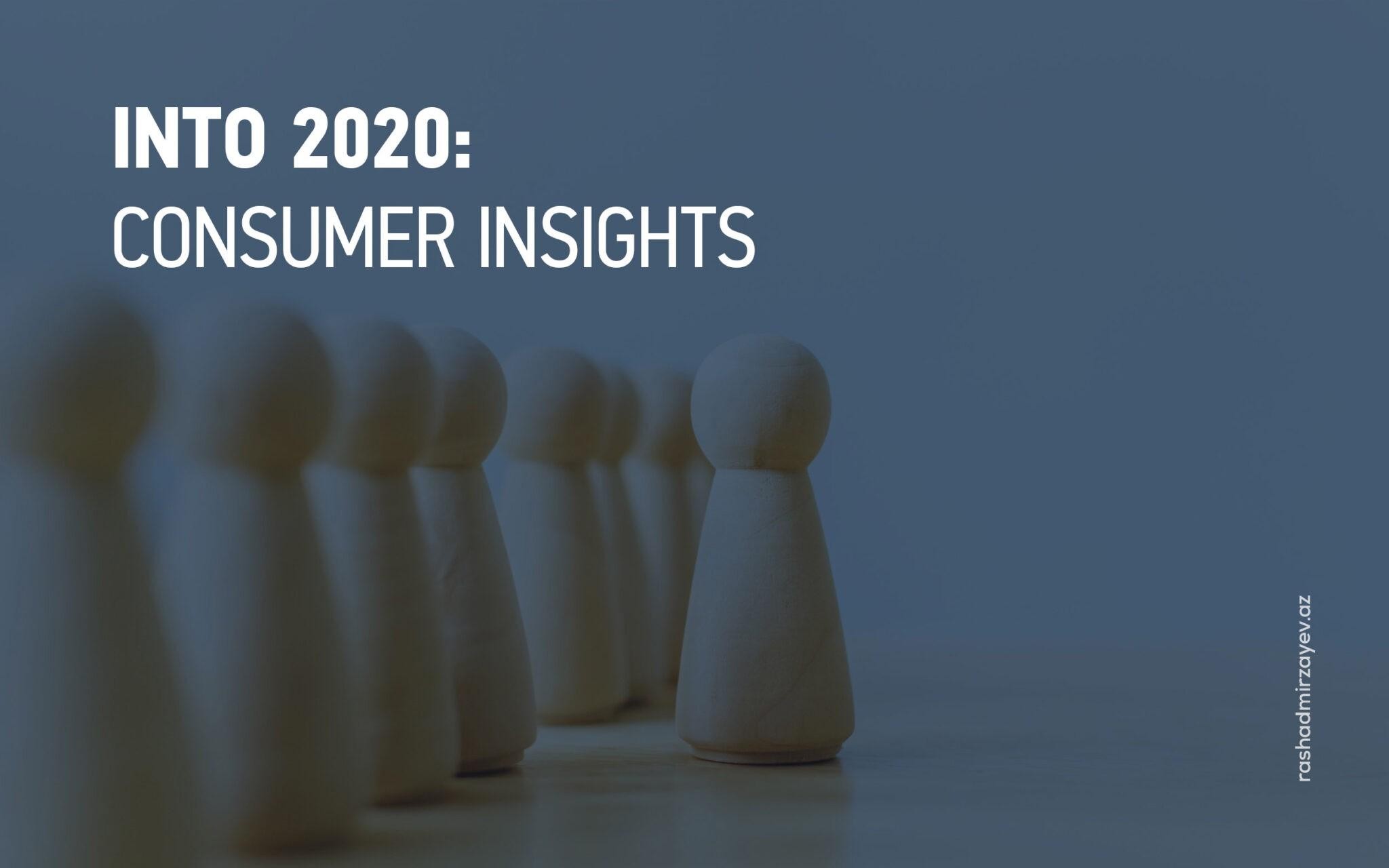Cofounder of CitizenM, a new market space of affordable luxury hotels, Michael Levie said, “Our aim is not to sell hotel rooms. It is to create a hotel experience that itself becomes our marketing, because people can’t stop recommending it and sharing pictures of it on Instagram”. That’s precisely what drove Steve Jobs’ relentless challenge in Apple to create “insanely great” products and services, not products and services that were better than competitors, though, at some point they were that too.
Although Apple is a widely utilized case study across many publications, primary reason for that is customer experience.
However, no matter how superior your product or service is, the naked truth is that no one will buy it if they don’t want it or believe they don’t need it. And you won’t persuade anyone that they want or need to buy what you’re offering unless you clearly grasp what it is your customers really want.
Knowing and understanding customer needs is at the center of every successful business, whether it sells directly to individuals or to other businesses. Once you have this knowledge, you can use it to persuade potential and existing customers that buying from you is in their best interests.
In one of my previous posts, I have outlined the importance of knowledge about the market and the customer. However, before we move on, I would like to share an infographic introduced to me by former University of Chicago professor Amit Seru.

Nowadays data is being created on an unscalable pace, we at ATL understand the importance of it and try our best to rely our decisions on data, not intuition.
However, it is not enough, analyzing data and extracting the right indicators and metrics is far more important than understanding the significance of data centric decision making.
On the other hand, I would like to emphasize the importance of the right data utilization in decision making does not only apply to marketing & customer insights. Below you may find another infographic on how data influences the decision making process of chief financial officers.

Now, let me segue towards my main issue, the value of customer insights. Various business units & departments throughout ATL utilize a wide range of tools and instruments to get better understanding of our customers.
As a result of my query about insights & data, head of marketing at ATL Vugar Mehdiyev shared the following statement:
“Pretty much every marketing decision made in ATL has its roots in data. Whether it is sourced from social media, search consoles or call-center reports the data is being carefully processed and then mixed up with “personal touches” to take the more humane conclusions.
Search, Display and Social Media ads are being targeted based on the keywords which are derived from specific digital marketing tools. Google Analytics, Facebook Analytics, SEMrush, Socialbakers, Tanaza and several other tools are daily used at ATL to better understand the consumers.
We also rely on research and surveys done by ATL Consulting team. You can find us conducting face to face and phone surveys a couple of times per year. We organize focus groups to drill down on specific topics.
Collecting and procession data are never enough. Data should be measured and then translated into actions. For instance, we set and constantly check several ratios such as frequency of the inbound calls, average customer spending, acquisition and retention rates etc. Their results eventually find themselves in respective decision”.
As you can see from the Vugar’s statements above, the data we use is essential to our business.
However before purchasing various tool subscriptions & plugins, you (whoever you are and whatever your position at your entity is) should understand and decide, what is it that you are trying to accomplish & how customer insights will help you to get there?
The most important two questions you should ask whilst understanding the consumer behavior are these:
- Did you like our service?
- Would you recommend it?
Although this short sighted tactic has been and is efficient to some extent, it merely is not sufficient in this day and age. Because it may be a good start, you should not be limiting yourself, therefore appliance of various techniques in order to better understand the customer is essential.
To summarize:
Consumer insights are real truths about customers. They’re collectively formed from data on the human behaviors and perceptions. Businesses then use these insights to identify the needs of their target audience, specifically, how and why they carry out certain business actions.
They underpin successful marketing campaigns; helping brands to create the right message for the right audience for mutual benefit, positioning it where it will create the biggest impact. Finding this truth lies in knowing how to gather, analyze and understand the right data, turning it into actionable consumer insight — one of the most important skills for marketers & entrepreneurs today.






